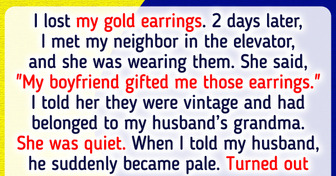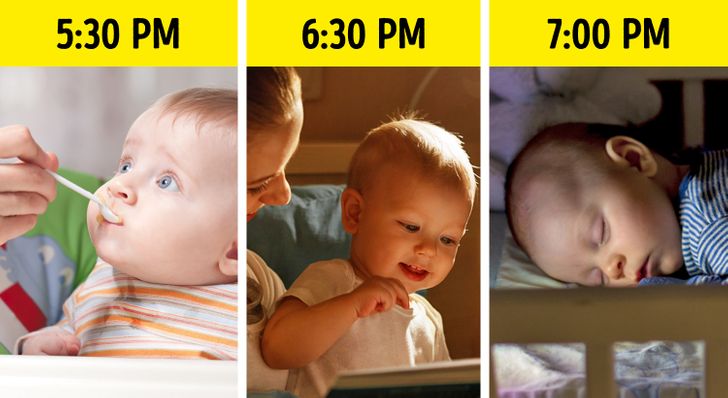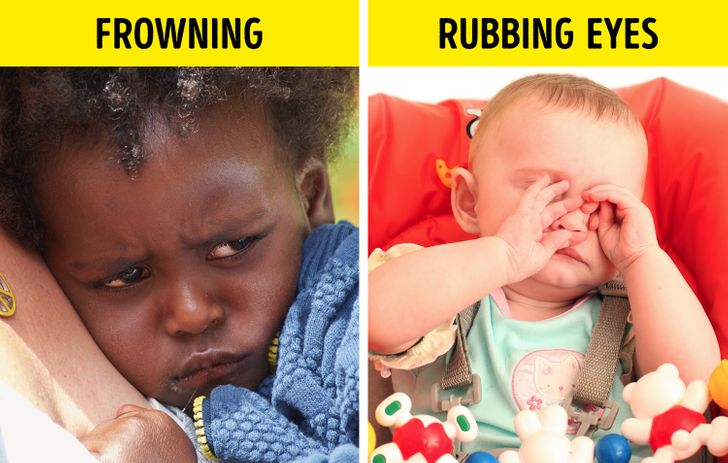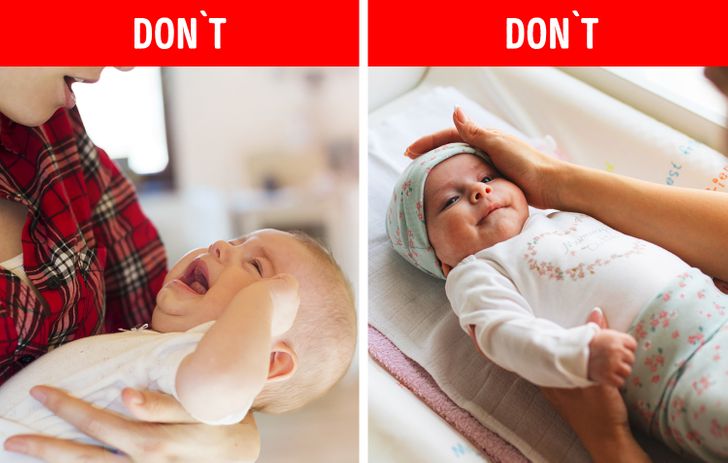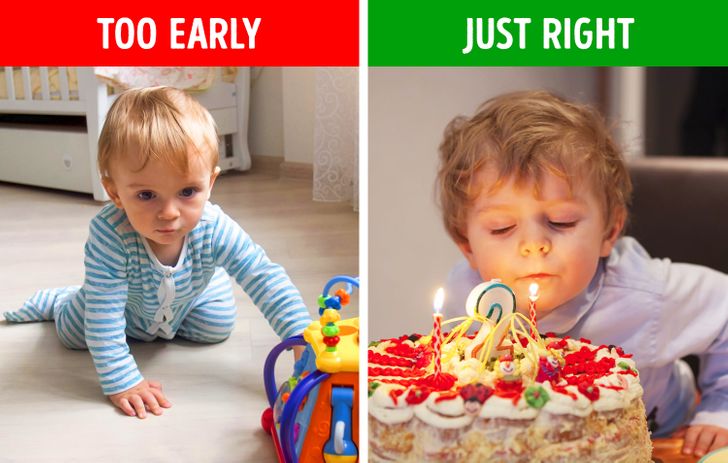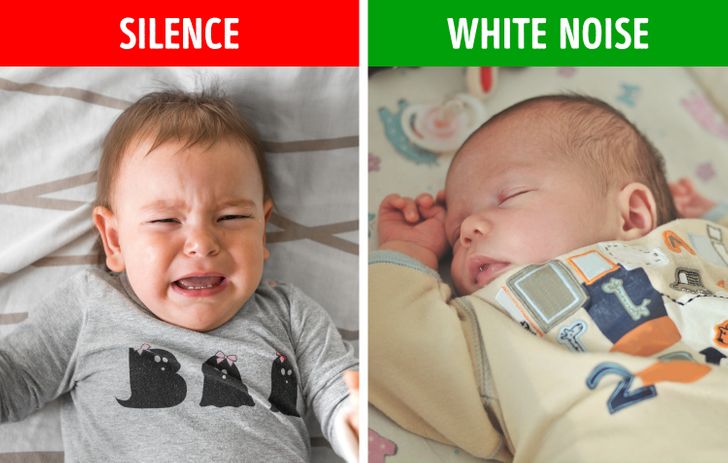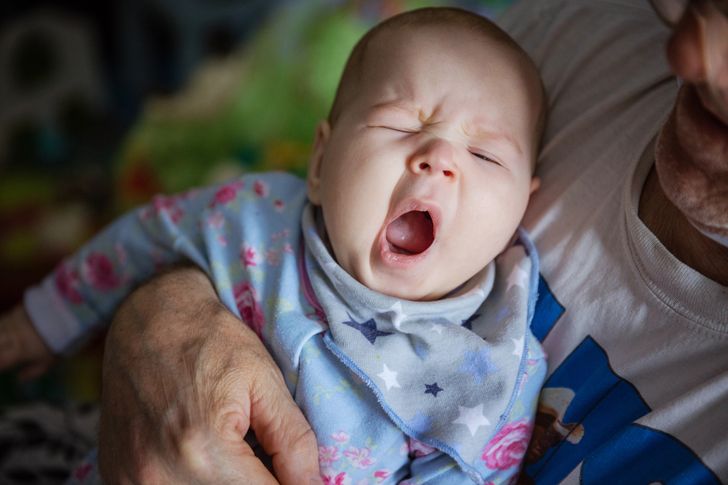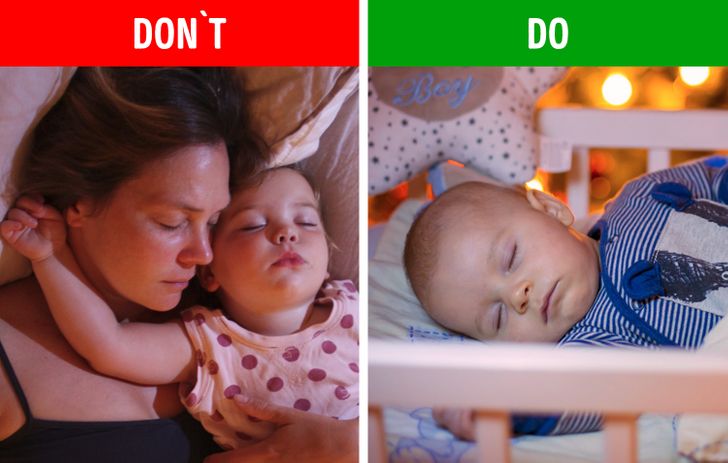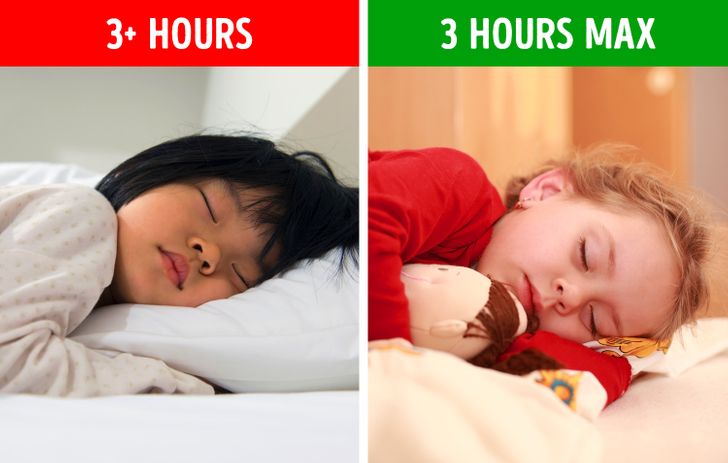Thanks for the tips, will try my best to prevent these mistakes when I have my own child
10 Mistakes Parents Make That Are Ruining Their Baby’s Sleep
Good sleep is critical for your baby’s developing brain, and not enough sleep can lead to language and reading problems and ADHD (attention deficit hyperactivity disorder). Some parents like to take their babies to sleep in their beds, hoping to make the parent-child bond stronger. Not only is it confusing for the child, but it can also be dangerous for them! And that’s not the only thing you shouldn’t do if you want your child’s sleep to be healthy.
We at Bright Side want all babies to be happy and to sleep soundly. So here are some mistakes you should avoid making so that your child can sleep well.
1. Not having a bedtime routine
Establishing a bedtime routine is essential for your baby. It can help them feel calm and fall asleep more quickly. And it’s important to stick to a certain schedule, so that the baby can learn when it’s time to go to bed. They’ll eventually get used to going to sleep at the same time and they’ll be expecting it, so falling asleep will become a lot easier and faster.
2. Not entertaining your baby enough during waking hours
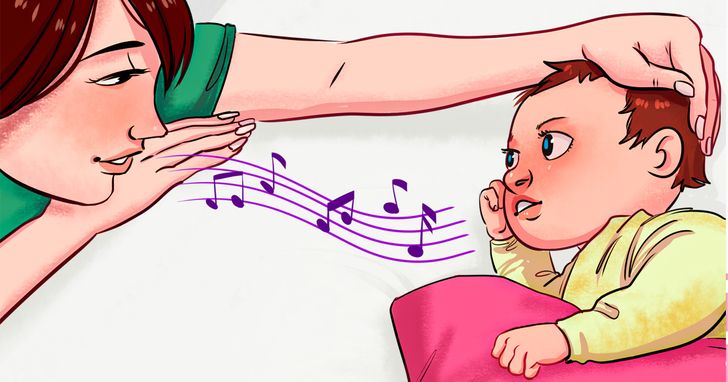
Children are the same as us — the busier we are during the day, the more exhausted we are and the easier it is for us to fall asleep. So try to engage your baby in as many activities as possible. Talk and sing to them, stretch their muscles, or go outside and let them enjoy a beautiful day — all of that will make your baby more tired and ready to go to sleep.
3. Not recognizing the signs
Sometimes parents wait too long before they put their children down for a nap. For example, they wait until they start crying. However, there are many other signs that show that your baby is tired and needs a nap. If they’re frowning, clenching their fists, looking away from you, and staring into space, or rubbing their eyes and ears, that can mean that it’s time for them to go to sleep.
4. Not letting your baby learn to self-soothe
Certain routines, like rocking or massaging, can help your baby relax and understand that it’s time to go to sleep. But sometimes it’s better to skip them and let your child try to self-soothe, so that they can learn to fall asleep without your help. That is also why you shouldn`t respond to every little sound your toddler makes when they sleep.
First, those sounds don’t necessarily mean that your child is awake and needs you. They could just be going through the different stages of sleep, and you coming to check on them might wake them up. Second, a study has found that children whose parents waited longer to respond to their awakenings were more likely to be self-soothers.
5. Putting your baby to sleep in a well-lit room
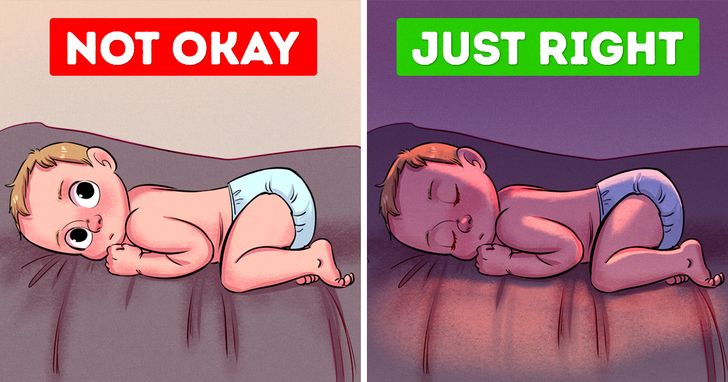
Some parents think that when their baby takes a nap during daytime, they should be put in a light room so that they learn to distinguish between day and night. However, this is a myth. Darkness, on the other hand, has a calming effect on babies, and it promotes the production of melatonin — a hormone that helps to regulate sleep.
6. Switching from a crib to a bed too early
Whether your baby has outgrown their crib, or you have a newborn on the way — don’t rush to move your child to a bed. Most children move from a crib to a bed between 18 months and 3 and a half years. And if you move them too early, it can be confusing and uncomfortable for them. Or you might just find them wandering around the house in the middle of the night, since they are used to the boundaries of a crib, and they can’t control themselves without them.
If your toddler starts climbing out of the crib, you should consider moving them to a bed. Also, if you are potty training your child, moving them would make sense so that they can learn to go to the toilet by themselves.
7. Blocking out the noise
It is not ideal to try to remove all the noisy distractions. If your baby learns to sleep in complete silence, they might have difficulty falling asleep later, when there’s no way to block out every possible source of noise. Sometimes it is even recommended for you to use white noise machines that can help your baby fall asleep easier, but they should be used with caution.
8. Keeping your baby awake too long
You might think that keeping your child awake longer will make them more tired and they will fall asleep faster and stay in bed longer. However, it can actually mess up their sleeping schedule and make their naps shorter. And while short naps are normal for newborns, older children should take longer naps. So if they are short, it might be because your child is constantly overtired.
9. Sharing a bed
Some parents choose to co-sleep with their children in a bed. However, you will be sending mixed messages to your child about where they sleep. And that can result in them having difficulty falling asleep in a crib and without you lying close to them. In addition, bed-sharing can actually increase the risk of SIDS (sudden infant death syndrome) and other sleep-related deaths.
10. Letting your baby take naps that are too long
It is normal for newborns to sleep for 13 to 15 hours a day. However, when your toddler gets older, they shouldn’t take naps that are longer than 3 hours in total, per day. Too much sleep during the day creates an unhealthy bedtime schedule. And your baby might have trouble falling asleep quickly and sleeping through the entire night.
Have you ever made any of these mistakes? Which tricks do you know of to make your baby’s sleep better? We’d love to hear your thoughts in the comments!
Comments
I once heard this quote "when you become a parent your job is to prevent the mistakes your parents made", do you think it's a good quote?
Thanks for the future tips guys
sleep training is very good in avoiding those mistakes. You're forced to make a bedtime routine, recognizing signs, teaching baby to self-sooth, creating a good sleeping environment with proper sounds or gently white noise. I can recommend the Hold With Love method!
You need to change the picture on number 5. Safe sleep practices dictate the baby be put to sleep on their back, so the okay side is really not.
Related Reads
“Too Bad She Couldn’t Accept Aging Gracefully,” Shania Twain, 58, Looks Shockingly Youthful in New Pic
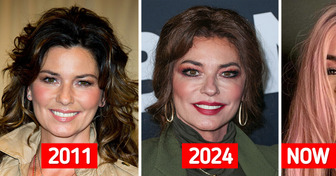
A Homeless Woman Receives a Full Makeover and Impresses the Whole World
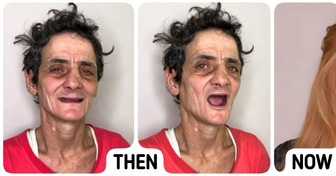
What the Children of World-Famous Beauties Look Like (Mila Kunis’s Daughter Is Such a Cutie)

My Boyfriend Proposed to Me But Later Changed His Mind
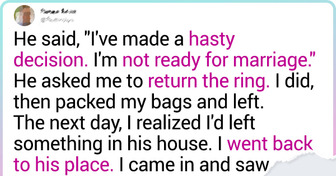
12 People Who Uncovered a Dark Reality Many Years Later

Users Recalled the Ultimate Acts of Penny-Pinching They Saw, and It Left Us Staggered
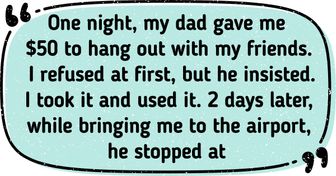
17 People Revealed What Became the Last Straw in Their Relationship
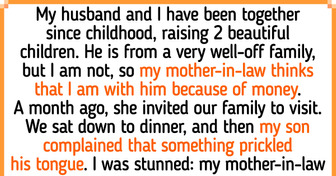
15 People Who Found Peace After Life’s Biggest Setbacks
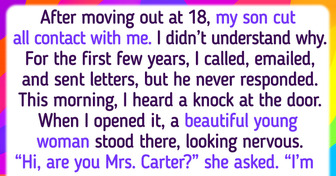
A Pregnant Woman Ruined My Birthday Party, but I Got My Revenge
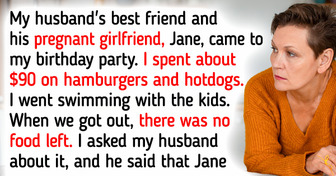
My MIL Forbade Me From Coming to Thanksgiving - There Was Heinous Plot Behind It
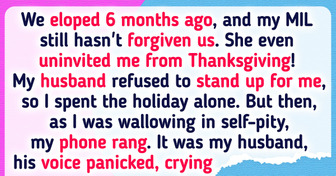
10 Real Stories That Could Outshine a Summer Blockbuster
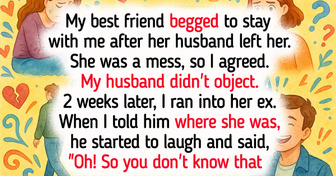
11 Plot Twists That Could Even Make Hollywood Jealous
